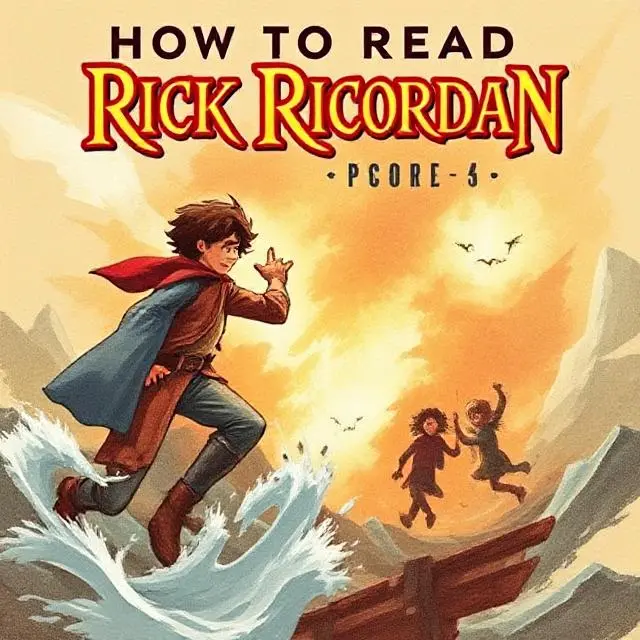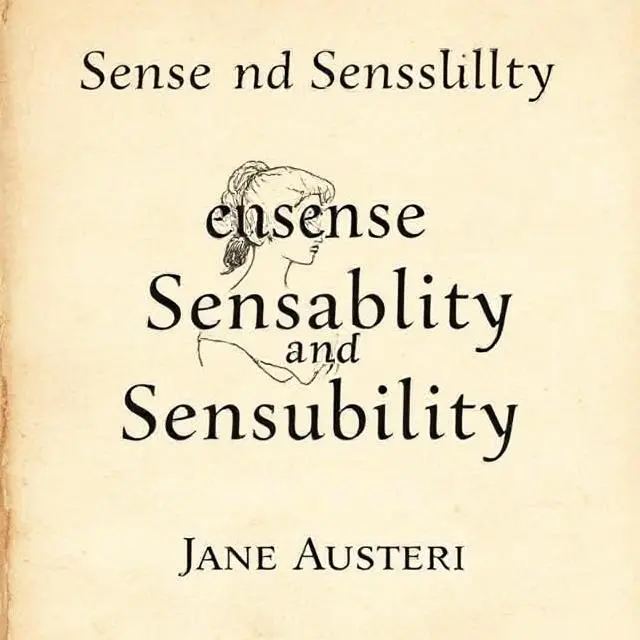The Great Gatsby : An In-Depth Review of F. Scott Fitzgerald’s Masterpiece
Introduction: The Allure of the Jazz Age The Great Gatsby by F. Scott Fitzgerald is often regarded as one of the greatest American novels. Published in 1925, the book captures the decadence, excess, and disillusionment of the Jazz Age, a period in the United States characterized by a booming economy, vibrant nightlife, and changing social norms. Set against this backdrop, Fitzgerald explores the American Dream, social class, and the pursuit of happiness. This review delves into the novel’s plot, characters, themes, and legacy, offering a comprehensive analysis of why The Great Gatsby remains a literary classic.
Chapter Summaries: A Brief Overview of the Plot
Before diving into a deeper analysis, it’s essential to understand the story of The Great Gatsby. The novel is narrated by Nick Carraway, a young man from Minnesota who moves to New York in the summer of 1922. Nick rents a modest house next to the mansion of the mysterious Jay Gatsby, a wealthy and enigmatic figure known for hosting extravagant parties. As Nick becomes more involved in Gatsby’s world, he uncovers the tragic story behind the millionaire’s fortune and his obsessive love for Daisy Buchanan, Nick’s cousin. The narrative unfolds through Nick’s lens, revealing the complex relationships and moral dilemmas that define the novel.
Nick Carraway: The Narrator and His Role in the Story
Nick Carraway, the book’s narrator, serves as both an observer and a participant in the events surrounding Gatsby. He is often seen as a passive character who remains on the periphery of the main action. However, Nick’s perspective offers invaluable insight into the world of the wealthy elite. He is both fascinated and repelled by the characters he encounters, and his judgment is often ambiguous, leaving room for readers to question his reliability as a narrator. His relationships with characters like Gatsby, Daisy, and Tom Buchanan are central to the novel’s exploration of class, morality, and the nature of the American Dream.
Jay Gatsby: The Enigmatic Millionaire and His Dream
At the heart of the novel is Jay Gatsby, whose larger-than-life persona masks a tragic past and an unrelenting pursuit of an idealized version of the American Dream. Gatsby’s wealth, ostentatious parties, and mysterious origins create a sense of allure, but his obsession with Daisy Buchanan reveals the deep emotional scars that lie beneath his polished exterior. Gatsby’s inability to move beyond the past and his relentless desire to recapture a lost ideal make him one of literature’s most tragic characters. His story raises profound questions about ambition, love, and the cost of chasing an impossible dream.
Daisy Buchanan: The Symbol of the American Dream
Daisy Buchanan, the object of Gatsby’s desire, is a complicated and multifaceted character. On the surface, she embodies beauty, grace, and charm. However, as the novel unfolds, it becomes clear that Daisy is also deeply flawed—vain, shallow, and incapable of genuine emotional commitment. Daisy’s relationship with Tom Buchanan, her husband, is one of convenience rather than passion. Yet, it is Gatsby’s obsession with her that ultimately leads to his downfall. Daisy represents the emptiness at the core of the American Dream—a dream that promises fulfillment and success but ultimately leaves individuals hollow and unfulfilled.
Tom Buchanan: The Antagonist and the Face of Old Money
Tom Buchanan, Daisy’s wealthy and arrogant husband, represents the established aristocracy and the moral decay of the upper class. He is a character who embodies entitlement, prejudice, and a sense of superiority. Tom’s infidelity and lack of self-awareness expose the flaws within the societal structure that Gatsby is striving to enter. His relationship with Myrtle Wilson, a woman of lower social standing, further highlights the deep divisions between the old money class and the emerging nouveau riche represented by Gatsby. Tom’s role in the novel is essential in illustrating the theme of social class and the inherent inequalities in American society.
Jordan Baker: The Modern Woman and the Changing Social Order
Jordan Baker, a professional golfer and friend of Daisy, represents the new woman of the Jazz Age. Independent, assertive, and morally ambiguous, Jordan embodies the shifting gender dynamics of the time. She is an intriguing character whose relationship with Nick serves as a reflection of the changing roles of women in society. Jordan’s dishonesty and cynicism further underscore the novel’s theme of the moral decay of the upper class. While she is not a central character, Jordan’s presence provides a counterpoint to Daisy’s more traditional femininity and adds depth to the novel’s exploration of gender and power.
Themes of The Great Gatsby
The American Dream: Illusion vs. Reality
One of the central themes in The Great Gatsby is the critique of the American Dream—the belief that anyone, regardless of their background, can achieve success through hard work and determination. Gatsby, as a self-made millionaire, appears to embody this ideal. However, his pursuit of Daisy and his eventual demise reveal the emptiness of the American Dream. Gatsby’s success, built on illicit activities and superficial displays of wealth, is hollow. The novel suggests that the American Dream is an illusion, one that is out of reach for those who do not belong to the right social class.
Class and Social Inequality
The novel’s exploration of class is central to its critique of the American Dream. Gatsby’s wealth, acquired through dubious means, is not enough to gain him entry into the elite world of old money represented by Tom and Daisy. Despite his material success, Gatsby is always an outsider, and his inability to transcend his humble origins becomes his tragic flaw. The novel portrays the entrenched social divisions between old money, new money, and the working class, highlighting the impossibility of transcending one’s social class in a rigidly stratified society.
Love and Desire: The Futility of Obsession
Gatsby’s obsessive love for Daisy is a central motif in the novel. His desire to recreate the past and win her back reflects a longing for an idealized version of love and happiness. However, this pursuit is ultimately futile, as Daisy is unable to live up to Gatsby’s fantasies. The novel suggests that love, when based on illusion and obsession, is destructive. Gatsby’s tragic end illustrates the dangers of living in the past and the futility of seeking fulfillment through material wealth or romantic ideals.
The Corruption of Morality
The novel’s characters, particularly those in the upper class, exhibit a profound moral decay. Tom and Daisy are careless, indifferent to the suffering they cause, while Gatsby’s criminal activities are glossed over in pursuit of his dream. The novel’s portrayal of a morally bankrupt society underscores its critique of the Jazz Age and its superficial values. The characters’ actions, driven by greed, desire, and self-interest, illustrate the corrupting influence of wealth and the lack of ethical integrity among the elite.
The Symbolism of The Great Gatsby
The Green Light
The green light at the end of Daisy’s dock is one of the most iconic symbols in the novel. It represents Gatsby’s unattainable dream and his belief that he can recreate the past. The light, always just out of reach, symbolizes the illusion of the American Dream and the unattainable nature of true happiness.
The Eyes of Dr. T.J. Eckleburg
The eyes of Dr. T.J. Eckleburg, depicted on an advertisement in the Valley of Ashes, serve as a symbol of the moral and spiritual decay of society. The eyes, overlooking the wasteland of industrial America, represent a God-like figure that sees all but is powerless to intervene. They are a haunting reminder of the characters’ moral blindness and their inability to recognize the consequences of their actions.
The Valley of Ashes
The Valley of Ashes, a desolate industrial wasteland between West Egg and New York, serves as a stark contrast to the opulence of Gatsby’s parties and the luxurious lifestyle of the Buchanans. It represents the decay of American society, the exploitation of the working class, and the emptiness of the American Dream. The area is symbolic of the moral and physical degradation that results from the pursuit of wealth at any cost.
Conclusion: The Lasting Legacy of The Great Gatsby
The Great Gatsby is more than just a story about love, wealth, and social class; it is a profound critique of the American Dream and the moral decay of the Jazz Age. Through its richly drawn characters, complex themes, and evocative symbolism, the novel continues to resonate with readers around the world. The tragic fate of Jay Gatsby serves as a cautionary tale about the dangers of chasing unattainable dreams and the hollowness of material success. Even nearly a century after its publication, The Great Gatsby remains a powerful and relevant commentary on the human condition and the elusive nature of happiness.
Final Thoughts
While the novel’s characters may appear larger-than-life, they are ultimately tragic figures who reflect the complexities and contradictions of American society in the 1920s. Fitzgerald’s masterful prose and the novel’s timeless themes ensure that The Great Gatsby will continue to be studied, debated, and cherished for generations to come. Whether you are reading it for the first time or revisiting it, The Great Gatsby offers a rich and thought-provoking experience that demands reflection on the true nature of the American Dream and the cost of ambition.







